Your Guide to the Seed Collecting Season
Early autumn is the perfect time to get in your garden and collect seeds ready for the new season. We’d love to encourage our followers to join us in gathering seeds and nurturing the trees and plants of the future.
Emma, our Horticulturalist, has written her top tips and tricks for collecting seeds this autumn season.
Collecting seeds
Collecting seeds is one of the most satisfying jobs in the garden, and will provide you with new plants for free. Some plants will self-seed on their own accord, which eventually germinate in-situ, and provide you with baby plants. But other plants may require a helping hand.
How to save seed
Seeds can be collected from most trees and plants. Usually only seeds from species/heirloom plants will “come true”. Seedlings from hybrid plants may vary from the parent plant.
Interesting note: Hybrids, are created through cross pollination of two different plant varieties. Sometimes seeds from hybrid plants may not germinate.
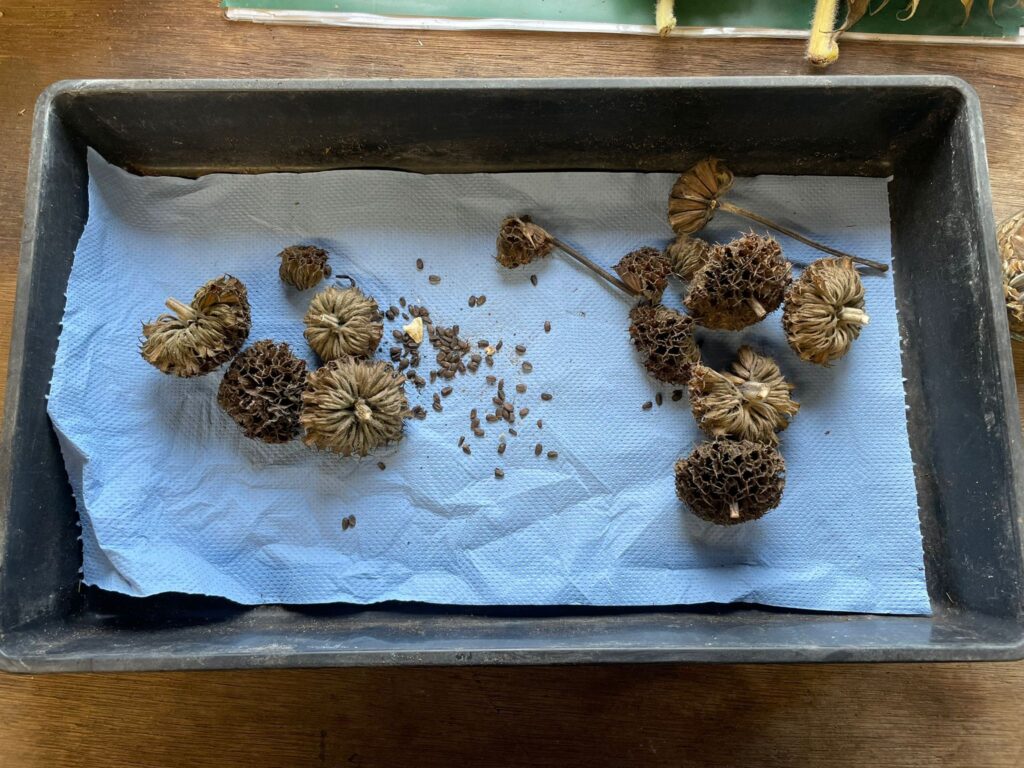
How to collect seed
• Select seed from the healthiest and most vigorous flowers.
• Harvest when the flowers die back, and the pods or seed heads have turned brown and can be split open easily. Check plants regularly and collect seed once it’s dry.
• On a dry day, use sharp, clean snips to cut the pods or seed heads from the plant.
• Collect seeds in paper bags. Do not use plastic bags as condensation builds up in the bag, which could spoil the seeds.
• Label the bag with the name of plant.
• You may wish to leave a few seedheads on the plants after they’ve finished flowering. Some seedheads are considered ornamental, or valuable for wildlife. You may wish to remove the rest to conserve the plant’s energy.
When to collect seed
As plants flower at different times, this can happen at any point in the season. But late summer and early autumn are the peak times to collect from most annual plants.
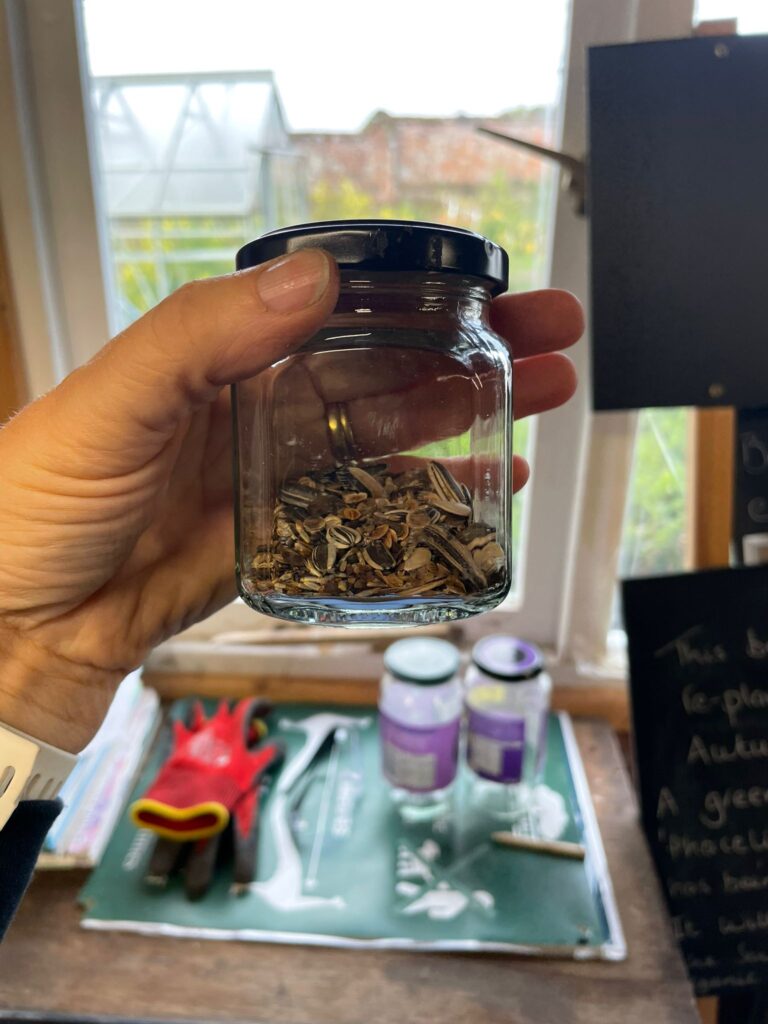
How to store collected seed
• Separate the seed from the pod or husks. Spread thinly on newspaper in a shallow cardboard box or tray. Ideally leave in a dark, dry location for about a week.
• Transfer the seeds to small envelopes or brown paper bags, and place into air-tight containers for storage. Store in a cool, dark place; about 5°C is the ideal temperature (such as the back of a refrigerator). I store seed with silica gel packs, to reduce moisture content in the container.
• Don’t forget to label with the name of the plant and the date of collection/storage.
Important note
• Some seed, such as from hellebores and anemones, must be sown immediately, as their viability reduces with storage.
• Some seed, such as from delphiniums and phlox, are best planted within a year.
• As a general rule, seeds that dry on the plant should remain viable for between one and three years.
• Some plants are sterile and cannot set seed.
• There are lots of online resources to help you should you wish to check a particular plant and collecting its seed.
Seed collecting at Markshall Estate
This autumn, we have collected seed from a number of annuals and perennials, including sweetpeas, cosmos, nicotiana and rudbeckia. We also collect seeds and nuts from trees for the arboretum, and will be doing more of this for the new landscape projects in the Himalaya and Death Valley zones.
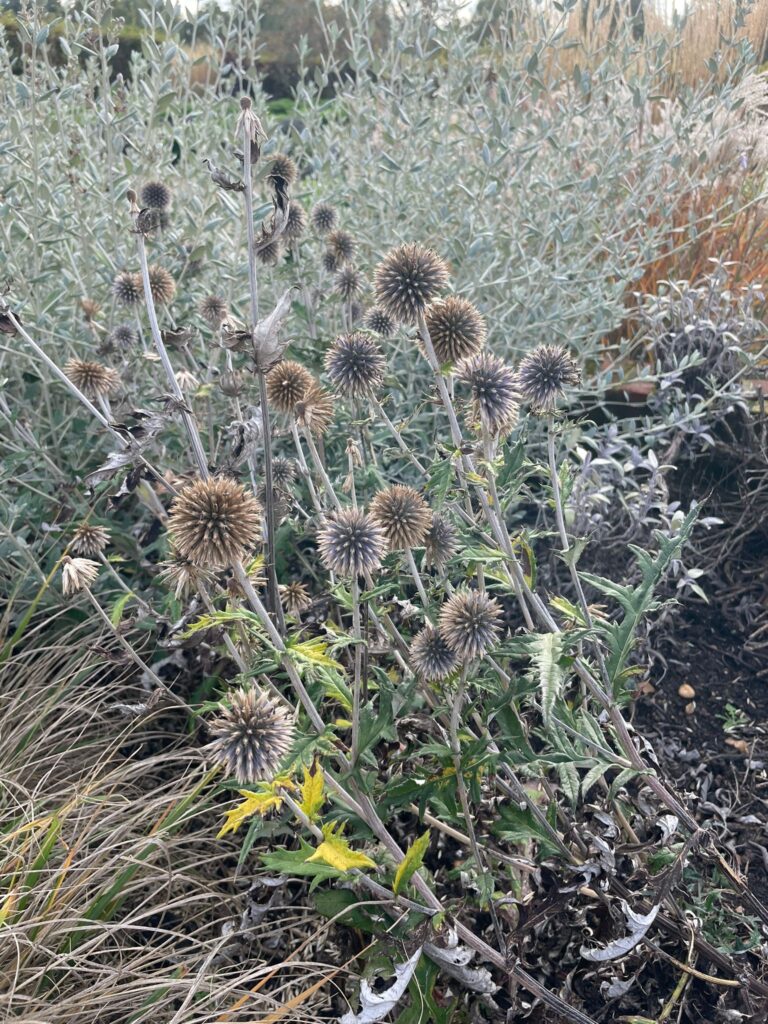
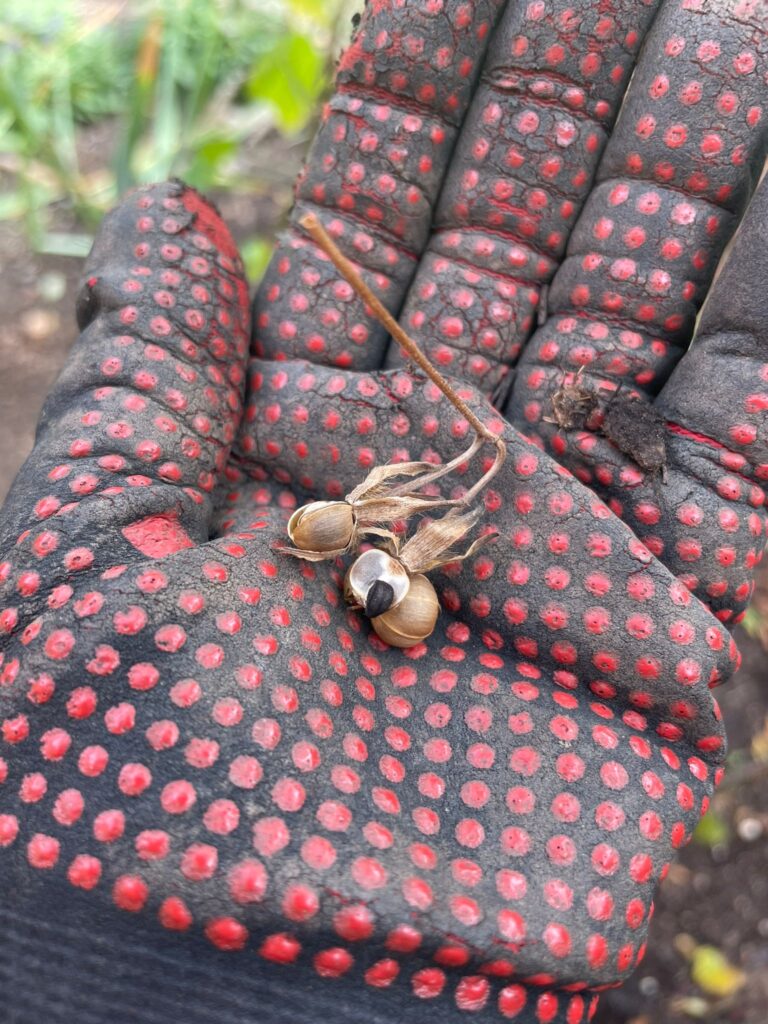
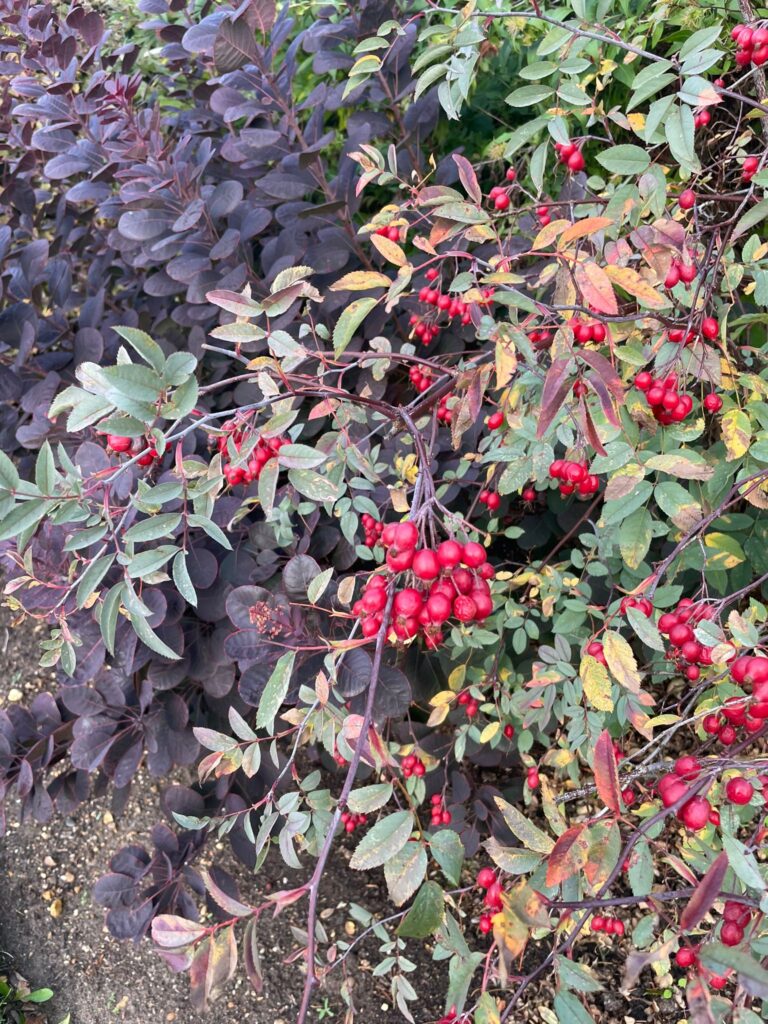
More from the blog
See more
-
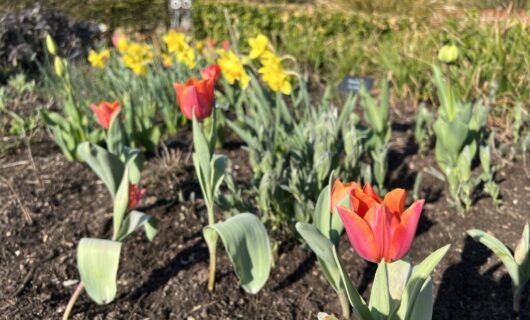
Updates from the Walled Garden in Spring
What can be discovered in the Walled Garden at Markshall this Spring? Our Walled Garden is home to a stunning […]
-

Commemorating the 80th Anniversary of Operation Varsity
What was Operation Varsity? Operation Varsity was the codename for the largest single airborne operation conducted on a single day […]
-
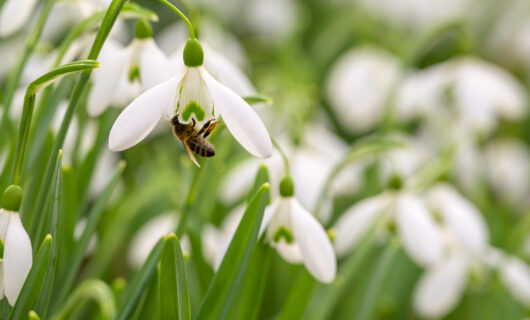
Your guide to enjoying the snowdrop display at Markshall
February is the best time to visit Markshall’s spectacular snowdrop display. To ensure that you make the most of your […]